Bleach. I feel it cleanses me, yet I cannot begin to perfectly summarise how this anime series makes me feel in one word. From its very first episode right up to its most recent, the development in each and every one of its characters and animation keep me transfixed to the screen, reaching for more.
This anime series holds a special place in my heart, introduced to me by an old friend during my late teens, and it has continued to be a cherished part of my life. However, in 2012, my heart sank with disappointment when rumours circulated that the series might be cancelled.
However, as much as I adore this show, I am utterly aggravated by it at the same time. A full decade elapsed, and the show resumed once again.
When it comes to anime that have made a lasting impact on both the world of entertainment and the lives of their dedicated fans, it’s no denying that Bleach does stand as an indomitable force.
Adapted from Tite Kubo’s Shonen manga series originally created in 2001, the Bleach anime series began airing on TV Tokyo in 2004 and ran until 2012 with a total of 366 episodes under the direction of Noriyuki Abe and a Studio Pierrot production.
Sometime in 2006, Viz Media obtained the rights to the anime series for foreign television and home video distribution, furthering its reach globally.
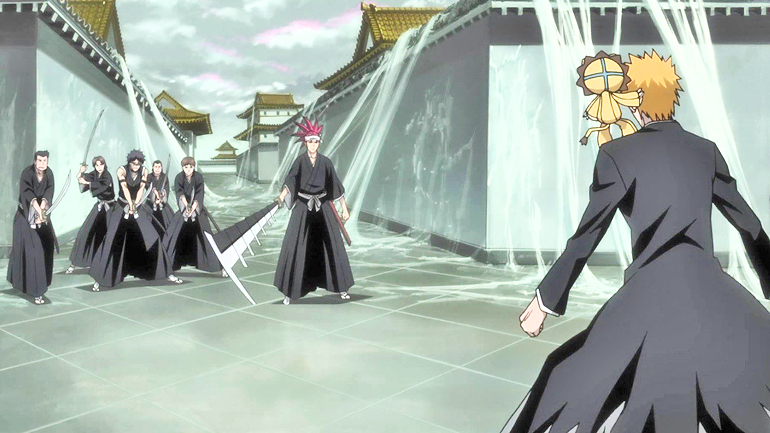
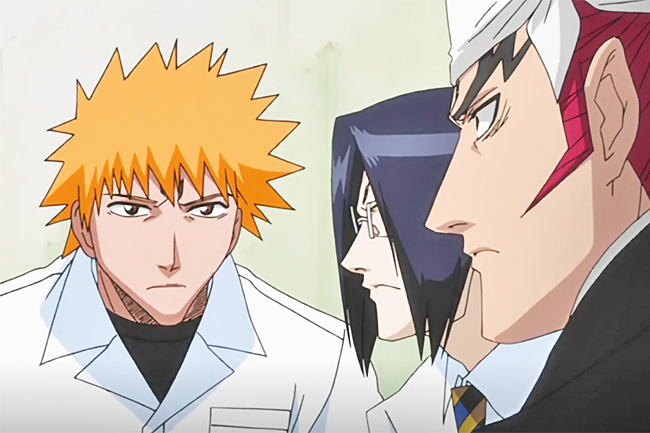

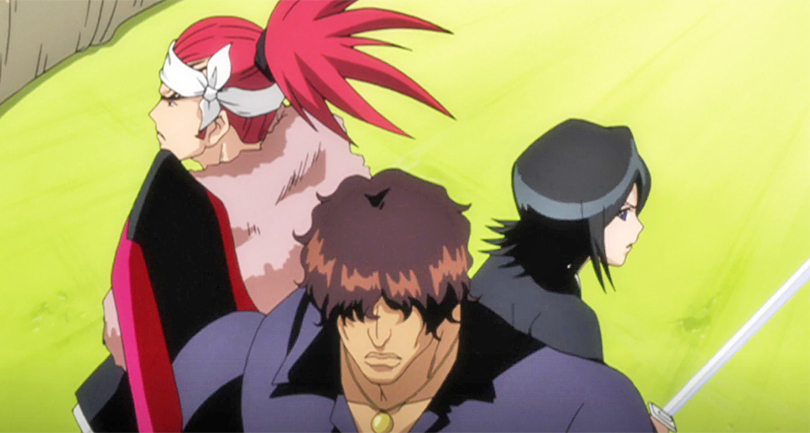
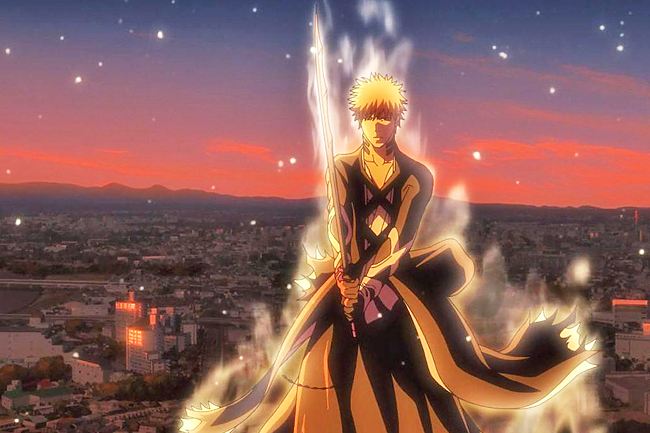
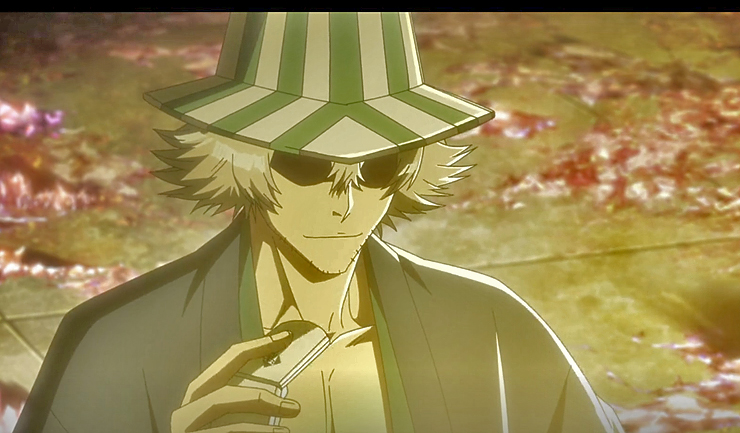
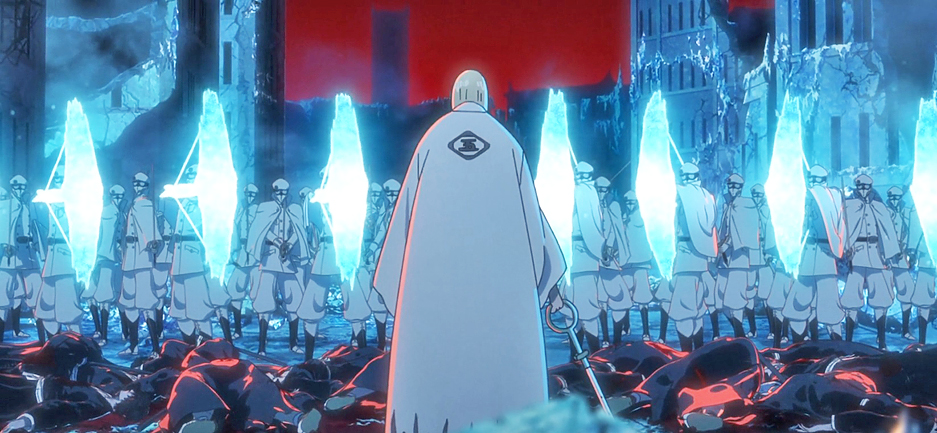
TITE KUBO
Born in the Hiroshima Prefecture in June 1977, Kubo decided earlier on in his life to become a manga artist after stumbling upon Saint Seiya.
Kubo’s two serialised works fall under the shōnen manga genre, characterised by their intense emphasis on action.
His combat sequences stand out for their rapid transitions and dramatic shifts in perspective between panels, accompanied by a deliberate absence of elaborate background artwork or splash pages.
As a character designer, Kubo adhered to a unique and angular aesthetic during his tenure on Zombiepowder, which was published in 1999 on Weekly Shonen Jump, and the initial stages of Bleach, which gradually evolved to include more robust character designs as Bleach progressed.
His creations frequently incorporate elements of grotesque body horror.
UNMASKING THE AFTERLIFE
Bleach kicks off with our dude Ichigo Kurosaki, your typical teenager who can see ghosts.
But his life takes a wild U-turn when he accidentally stumbles into the gig of a Soul Reaper (death personification), Rukia Kuchiki. She got hurt, he gets her powers. It’s like a cosmic exchange programme gone wrong.
Now Ichigo’s got to do Rukia’s Soul Reaper job – making sure lost souls don’t go all evil and nasty as Hollows, and also, guiding the good ones to the afterlife.
Along the way, he assembles a colourful crew of buddies with their own spirit-fighting skills – Quincy survivor Ishida Uryu, Inoue Orihime and Sado “Chad” Yasutora.
But here’s the kicker: there’s more to the afterlife game than meets the eye. We’re talking crazy battles, intrigue and a whole bunch of morally questionable Soul Reapers. Ichigo has to unlock his super-cool powers, deal with some insane villains (like Aizen and his cronies), and solve the mysteries of the Soul Society.
It’s one crazy supernatural rollercoaster of a show that’ll make you question what’s good, what’s evil, and why everyone in the Spirit World dresses cool.
ART AND ANIMATION
Bleach has always had this knack for being visually arresting. Studio Pierrot did a bang-up job bringing Tite Kubo’s world to life.
You’ve got Soul Reapers and Hollows strutting their stuff with unique looks and powers, and it’s like a fashion show from the afterlife.
Shihakusho uniforms, Menos Grande monsters – they’re all brilliantly detailed.
Now, let’s talk animation. Sure, there are a few filler arcs where the animation takes a nap, but when it’s go-time, the battles and pivotal moments are a feast for the eyes. The devil’s in the details, my friend, and those details keep you hooked, even if it’s been years since this show first hit the scene.
And speaking of style, Kubo is like the fashion designer of the afterlife. Have you seen those characters? They’re decked out in outfits that scream ‘This is me!’ – each outfit reflects their personality and powers.
It’s all about individuality and flair, and it doesn’t stop at looking good. This fashion frenzy adds layers to the characters and makes the Bleach world feel deeper than the Mariana Trench.
DIVING DEEP WITH A SIDE OF SWORD FIGHTS
Now, let’s talk about how Bleach gets all deep and philosophical on us. This anime doesn’t just scratch the surface; it goes full-on deep-sea diving into themes like death, the afterlife, destiny, and morality.
It’s not your run-of-the-mill shonen stuff; it’s like philosophy class with sword fights. The Soul Society and Hueco Mundo serve as these mesmerising backdrops, each with its own set of rules, power hierarchies, and quirky residents.
But what really keeps your brain cells buzzing is how Bleach dances along the line between good and evil. It’s all about the consequences of having power, and it’ll make you think about who you are and what you’d sacrifice for what’s right. Thought-provoking stuff, for sure.
Now, let’s get to the good stuff – the action! Bleach isn’t famous for nothing. Those battles? Legendary.
Swords clash, Kido spells get thrown around, and Bankai transformations are like fireworks on steroids. Ichigo’s journey to unlock his own Bankai is like a superhero origin story, and it’ll have you feeling all the feels.
How much more OP can this character get? The fights are choreographed to perfection, and the strategies in each showdown will keep you glued to your seat.
What’s more interesting is how Bleach isn’t just a show; it’s a whole community, inspiring fan art, fan fiction, cosplays – you name it. This anime opened the doors to anime for so many folks, making it the welcome mat for newcomers. Trust me, you can find loads of Bleach fan groups on Facebook.
And even though the anime wrapped up in 2012, it’s like that old friend who’s coming back to the party with the Bleach: Thousand-Year Blood War arc.
I’m kind of relieved it pushed through with that last arc to address the lingering questions about Ichigo’s family tree and all that jazz. It’s like they knew we had some puzzles left unsolved, and Kubo dropped this arc to piece it all together. It’s not all bad – sometimes a few more episodes can be like the missing puzzle piece to complete the picture.
I do, however, agree with some fans who reckon it should’ve hit the brakes before The Lost Substitute Shinigami Arc. It’s like the show just didn’t want to end, and that arc, well, it left folks feeling like they needed a map to navigate all the twists.
Some say ending it after Aizen’s epic defeat would’ve been the perfect high note. Ichigo taking down the big bad, Rukia returning to the Soul Society – that’s like a standing ovation right there. But hey, opinions are all over the place, and the Bleach universe has a way of surprising us.
Part 3 of the Thousand-Year Blood War arc, which will wrap up the entire anime series, is rumoured to drop sometime in 2024, but they’re keeping us hanging without a set date. If you’re a Bleach rookie gearing up to dive in, there’s no time like the present! – Izah Azahari


